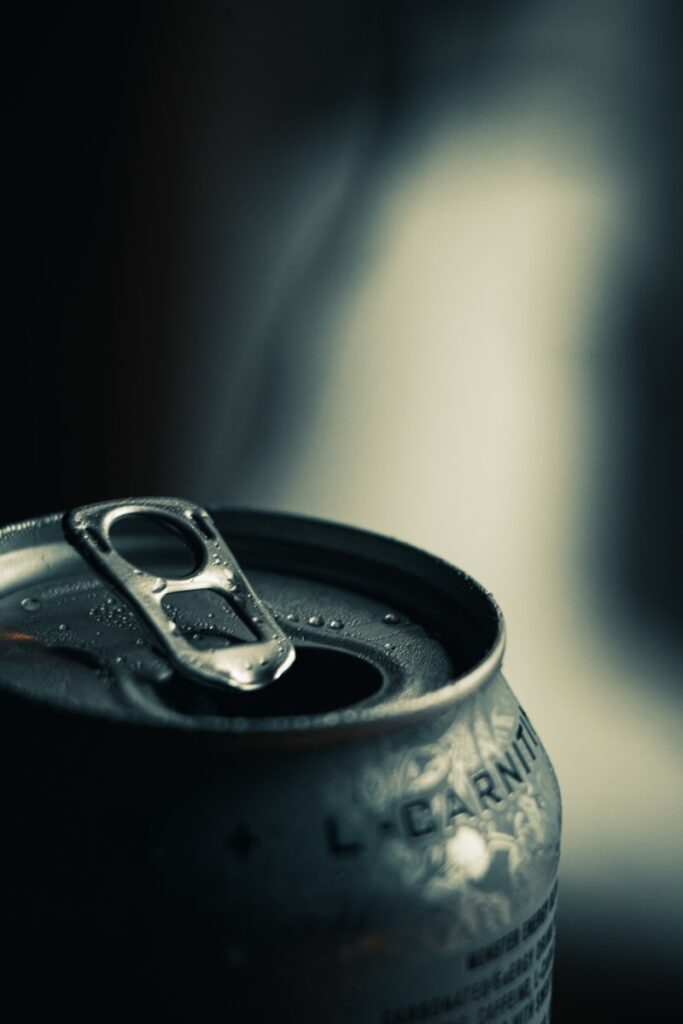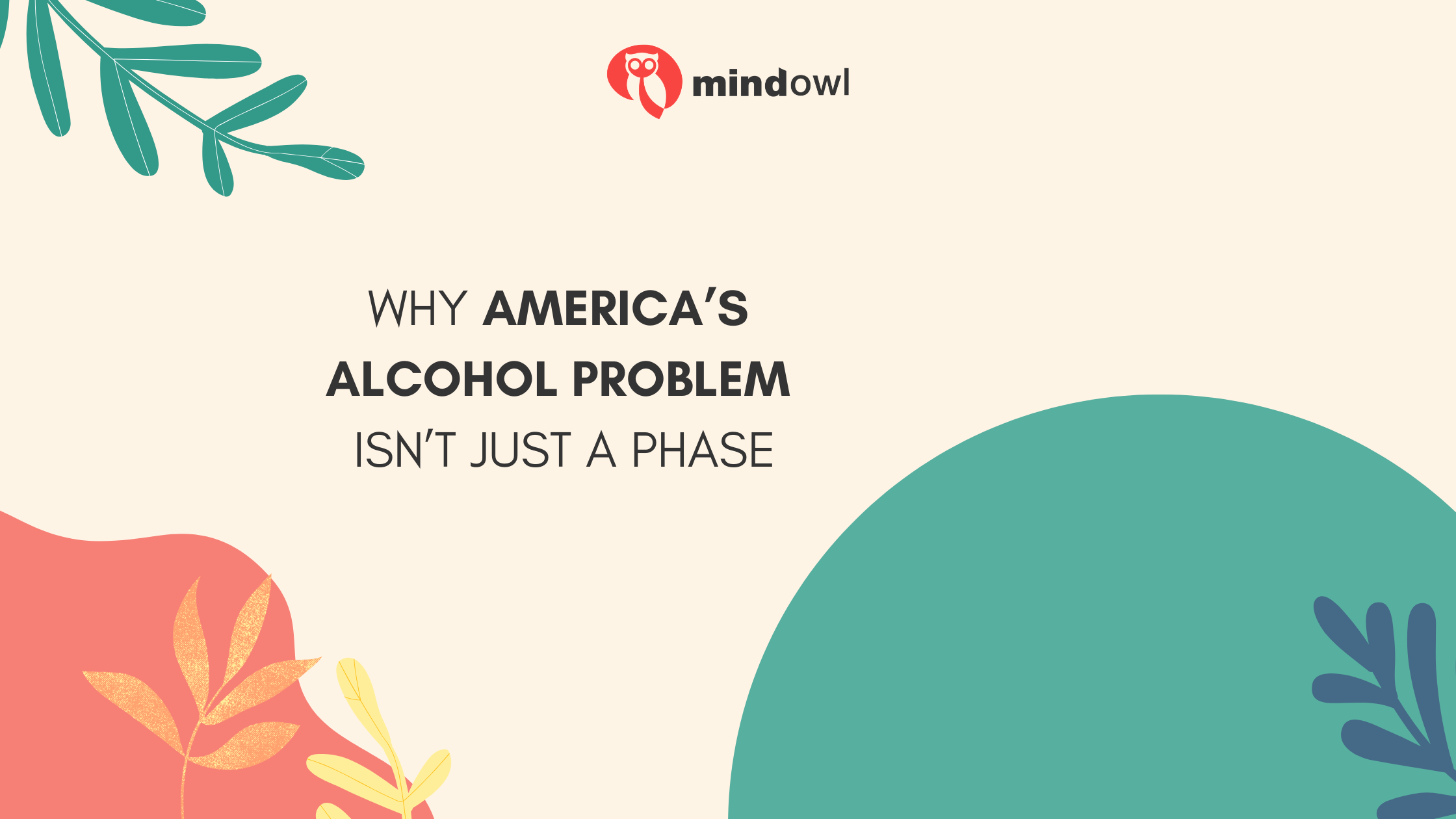Alcohol’s got a way of weaving itself into the fabric of everyday life in the United States. It’s at weddings, after work, at the dinner table, on Sunday afternoons, at backyard barbecues, and, for many, in a nightstand drawer. It’s easy to forget that something so normal can quietly dismantle health, families, careers, and even the spirit of the person living with it. The numbers don’t lie, but the lived reality of alcoholism is more than just data points. It’s a slow grind that can steal years before you even realize what’s been taken.
The Normalization Problem
We’ve normalized alcohol use so much that calling it what it often is—a dependency—feels like you’re overreacting. Drinking is marketed as a reward for working hard or surviving parenthood, and it’s stitched into celebrations like it’s a requirement for joy. Yet alcohol-related deaths have been climbing in the United States, reaching nearly 178,000 annually. That’s about 488 people a day, yet it’s easier to blame these numbers on others rather than confront the fact that heavy drinking patterns are widespread, even among people who appear to function just fine.
Patients often mention their “nightly wine” like it’s a harmless ritual, but the line between casual and problem drinking isn’t always clear until health issues or dependency have taken root. This is where the subtlety of alcohol use disorder becomes dangerous. Many who struggle with it don’t think they qualify because they’re still going to work, caring for their kids, paying bills, and showing up for dinner parties. The reality is that dependency doesn’t always look like what people expect, and it doesn’t discriminate.

How It Damages the Body
Alcohol’s impact on the body is steady and, for many, invisible until it’s advanced. It changes how the brain communicates, leading to cognitive and memory issues. It can trigger inflammation in the pancreas and damage liver tissue, progressing quietly toward fatty liver, alcoholic hepatitis, and cirrhosis. It contributes to heart problems, including hypertension and cardiomyopathy, and it’s linked to several cancers.
What’s tricky about alcohol damage is that it often compounds with other factors, like poor nutrition, stress, and co-occurring conditions. Many people living with alcohol use disorder will experience withdrawal symptoms when they try to stop or cut back, which can include tremors, anxiety, sweating, nausea, and in severe cases, seizures or delirium tremens, which can be life-threatening.
Yet the fear of these symptoms can keep people stuck. The physical pull of alcohol isn’t just a craving; it’s a physiological need created by changes in the brain’s reward and stress systems, making quitting more complex than simply deciding to stop.
Mental Health and Alcohol’s Grip
Alcohol often becomes a stand-in for therapy, a sleep aid, or a temporary escape from depression or anxiety. But while it might ease discomfort in the moment, alcohol’s long-term effects on mental health are harsh. It disrupts sleep architecture, leading to poor sleep quality, which worsens mental health over time. It intensifies anxiety and can deepen depressive symptoms, creating a cycle where drinking to cope actually worsens the issues driving the drinking in the first place.
There’s also a strong connection between alcohol use disorder and trauma. Many who struggle with dependency have a history of childhood trauma or chronic stress, and alcohol becomes a way to dampen intrusive memories or emotional discomfort. While it might work in the short term, the dependence that develops often leaves people feeling trapped, and the shame tied to needing alcohol just to get through the day can keep them from seeking help.
Barriers To Treatment
Despite the widespread impact of alcohol use disorder, treatment remains underutilized in the United States. Many don’t seek help because they fear judgment or feel that their drinking isn’t “bad enough” to warrant professional care. Others have tried to quit alone and failed, leaving them convinced they’re beyond help. Stigma around alcohol treatment persists, often driven by misconceptions that seeking help is a sign of weakness rather than a step toward regaining control and health.
Cost and access are barriers, too. While there are effective treatments, including medical detox, inpatient and outpatient programs, and medication-assisted treatment, insurance coverage can be inconsistent, and availability can vary widely depending on where someone lives. Rural communities often face limited treatment options, and waiting lists can discourage people from pursuing help when they’re finally ready.
Add to this the fear of losing employment or child custody, and it’s not hard to see why so many people remain stuck, even when they desperately want to quit. It’s important to remember that treatment isn’t about punishment or shame; it’s about restoring health and agency to a person whose body and mind have been hijacked by a substance that’s widely accepted yet deeply damaging.
Paths Toward Recovery
Recovery isn’t a straight line, and it rarely looks like a tidy, cinematic breakthrough. It’s often messy and uncomfortable, involving setbacks, moments of doubt, and a slow rebuilding of trust in oneself. Medical detox can help manage physical dependence safely, while therapy can address the underlying issues contributing to drinking patterns. Peer support groups like Alcoholics Anonymous provide community support, while medication options like naltrexone and acamprosate can reduce cravings and support long-term recovery.
Accessing care through alcohol rehab in Houston, Portland or anywhere in between offers a structured environment with medical supervision, therapy, and lifestyle support, giving people a chance to step away from environments that reinforce drinking and focus on healing. These programs can be life-changing, providing the accountability and medical support necessary to navigate early recovery safely.
The reality is that there’s no one-size-fits-all path, and what works for one person might not work for another. The goal isn’t perfection; it’s progress, even if it starts with reducing intake, seeking therapy, or reaching out for support when cravings hit. A key part of recovery is redefining the role alcohol plays in life, understanding what drives its use, and building a lifestyle where alcohol isn’t needed to function, celebrate, or cope.
Wrapping It Up
Alcohol use disorder is often called an invisible epidemic because it hides in plain sight, wrapped in social rituals and cultural acceptance that make it easy to ignore until it’s causing real damage. It’s a medical condition that deserves medical attention, not moral judgment. It impacts the body, the mind, and every part of a person’s life, and yet recovery is possible, even if the road there isn’t linear or easy.
Getting help isn’t a weakness; it’s a medical need, just like addressing any other chronic condition that’s harming health and quality of life. We don’t blame people for developing high blood pressure or diabetes, and it’s time we stop blaming people for developing alcohol use disorder. We treat it, we support them, and we remember that every step toward recovery is worth taking, even if it doesn’t look perfect.
A Better Tomorrow
Alcohol use disorder is stealing too many lives and too many futures, but it doesn’t have to. By understanding its true nature and seeing it for the medical condition it is, we can make space for real solutions, compassionate treatment, and genuine recovery for those ready to take their health back from a substance that’s taken too much already. Let’s not let normalization silence the truth. The body can heal, the mind can recover, and a better tomorrow is possible.
MindOwl Founder – My own struggles in life have led me to this path of understanding the human condition. I graduated with a bachelor’s degree in philosophy before completing a master’s degree in psychology at Regent’s University London. I then completed a postgraduate diploma in philosophical counselling before being trained in ACT (Acceptance and commitment therapy).
I’ve spent the last eight years studying the encounter of meditative practices with modern psychology.

